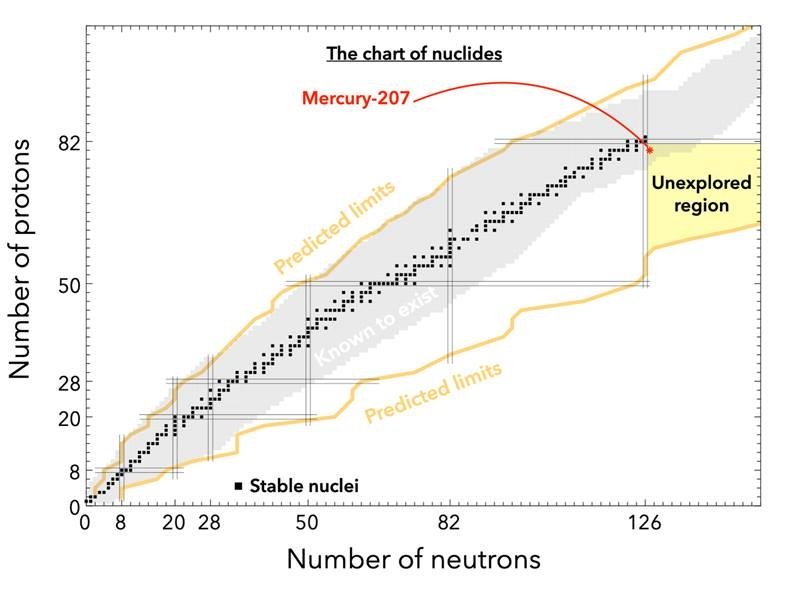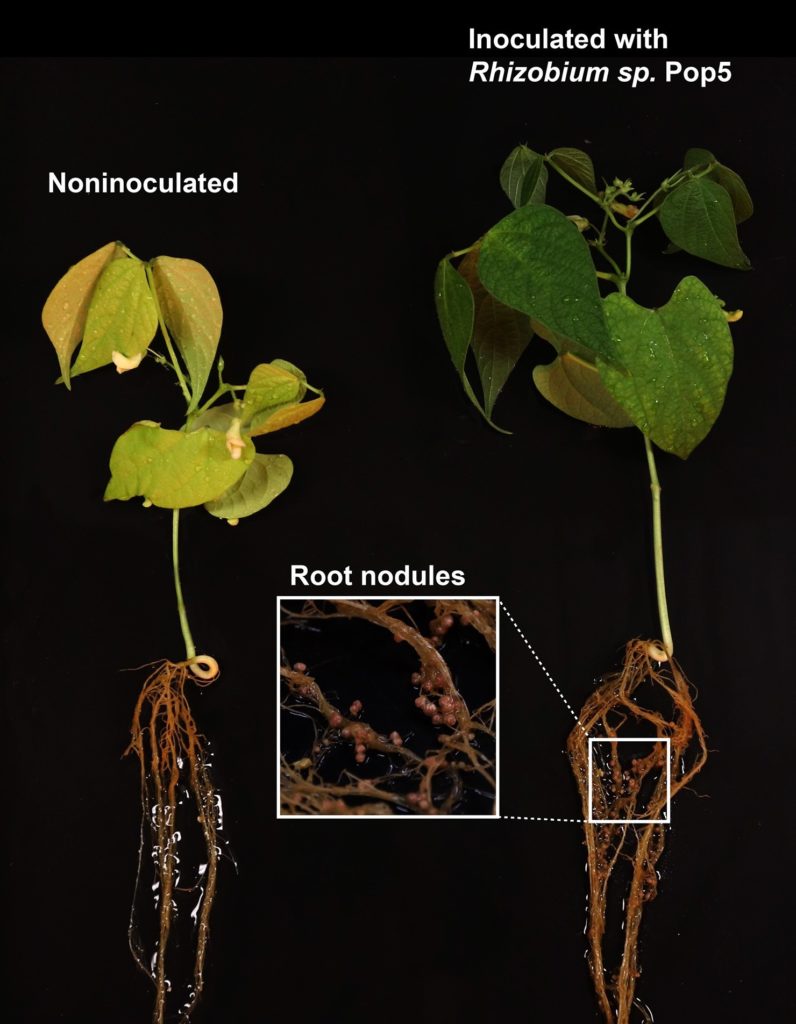Chemists discover the structures of open and closed states of the channel, which could help the development of antiviral drugs to reduce inflammation
Tag: atomic structure
Researchers Test Quantum Theory with Precision-Engineered Thin Films
Comparing experimental results and theoretical calculations can be difficult for quantum materials. One solution is to use sample materials that isolate and emphasize an atomic line with one dimensional properties. In this study, scientists grew thin films of layered copper-oxygen materials to experimentally test theories of electron interaction in quantum materials. The study indicates that standard theory is not sufficient and requires a new term to fit the experimental data.

A Novel Way to Get to the Excited States of Exotic Nuclei
Researchers developed a novel approach that observes dissipative scattering reactions to investigate discrete energy levels in an excited exotic nucleus. These energy levels are the nucleus’ unique fingerprint. The researchers observed unusual excited levels in calcium-38. These levels appear to be due to the simultaneous excitation of several protons and neutrons.
Scientists Measure Calcium Nuclei’s Thin Skin
Scientists measuring the nucleus of calcium-48 to determine how its 20 protons and 28 neutrons are distributed inside its nucleus found that the protons and neutrons aren’t simply sprinkled throughout the nucleus. Instead, they form a neutron-rich “thin skin” around a core of evenly distributed protons and neutrons. This skin is thinner than many theoretical models predicted and not consistent with expectations based on recent observations of lead’s thick skin.
Uncovering the Atomic Mechanism Underpinning Heat Transport in Thermoelectric Materials
To better understand how thermoelectric devices convert thermal energy into electricity at the atomic scale, researchers used neutrons to study single crystals of tin sulfide and tin selenide. The results revealed a strong correlation between changes in the structure at certain temperatures and the frequency of atomic vibrations (phonons). This allowed the researchers to identify temperatures ideal for energy conversion and provided basic scientific knowledge for designing new thermoelectric materials.
Artificial Intelligence Agents Argue to Enhance the Speed of Materials Discovery
Researchers have developed a new artificial intelligence (AI)-powered approach to analyzing X-ray diffraction (XRD) data. The X-ray Crystallography companion Agent (XCA) approach assembles a group of AIs that debate each other while analyzing live streaming X-ray data. Once the AIs cast their final votes, the XCA approach uses the vote tally to interpret what the most likely atomic structure is and to suggest how confident the researchers should be of the AI analysis. The AI analysis matches human effectiveness but takes just seconds.

Hearing Tones, Elements Through Atomic Music
With each atom assigned a tonal signature based on its spectral signature, music can be a powerful tool for helping students understand atomic structure. Jill Linz is working toward synthesizing unique tones for each element to create an acoustic version of the periodic table. She will discuss her progress and the potential applications of the project at the 179th ASA Meeting, Dec. 7-10.

New ‘Genomic’ Method Reveals Atomic Arrangements of Battery Material
Scientists have developed a new way to decipher the atomic-level structure of materials based on data gleaned from ground-up powder samples. They describe their approach and demonstrate its ability to solve the structure of a material that shows promise for shuttling ions through sodium-ion batteries.

A Pioneering Exploration of Exotic Nuclei
The nuclei of some isotopes with a specific number of protons and neutrons are more tightly bound than isotopes with more or fewer protons or neutrons. Scientists have now gained a new understanding of the nucleus of mercury-207, an isotope with just two protons less than the magic number 82 and one neutron more than the magic number 126.
Russian biologist explains recent findings regarding coronavirus structure
MOSCOW (MIPT) — The atomic structure of the novel coronavirus envelope has explained why it is exceptionally contagious. Its structural features make it much easier for the Chinese coronavirus to bind to target receptors, compared with the previously known SARS…

World-Leading Microscopes Take Candid Snapshots of Atoms in Their ‘Neighborhoods’
Scientists at Berkeley Lab have demonstrated how a powerful electron microscopy technique can provide direct insight into the performance of any material – from strong metallic glass to flexible semiconducting films – by pinpointing specific atomic “neighborhoods.”

Scientists Discover New Antibiotic in Tropical Forest
Scientists from Rutgers University and around the world have discovered an antibiotic produced by a soil bacterium from a Mexican tropical forest that may help lead to a “plant probiotic,” more robust plants and other antibiotics. Probiotics, which provide friendlier bacteria and health benefits for humans, can also be beneficial to plants, keeping them healthy and more robust. The new antibiotic, known as phazolicin, prevents harmful bacteria from getting into the root systems of bean plants, according to a Rutgers co-authored study in the journal Nature Communications.